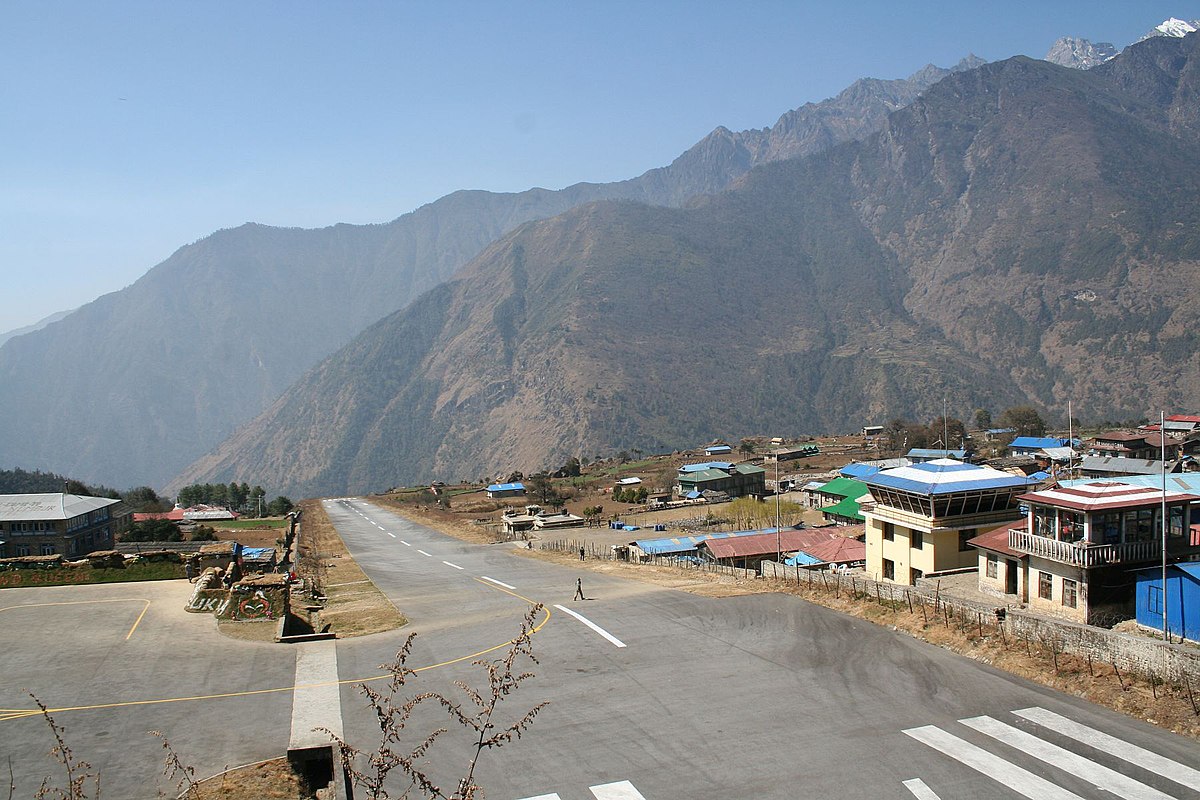Three held with guns in Gorkha
Police have arrested three persons for possessing illegal guns in Gorkha. The suspects have been identified as Sita Bahadur Ghale (53) Maila Ghale (60) and Krishna Prasad Ghale (26) of Parpak Sulikot Rural Municipality. DSP Leelaraj Lamichhane said that police nabbed the trio after they were found keeping the guns without taking permission from the concerned authority. He said that muzzle-loader rifles were recovered from separate locations. DSP Lamichhane said that a short gun along with 24 bullets and its magazines were also recovered from the house of Sita Bahadur.
One killed, five injured in Darchula jeep accident
A person died one the spot and five others were seriously injured when a jeep met with an accident at Timla village of Api Himal Rural Municipality-5 in Darchula district on Thursday. The deceased has been identified as 18-year-old Dinesh Singh Dhami of Api Himal Rural Municipality-6, Rural Municipality Chairman Bhagat Singh Thekre confirmed. The incident occurred when the jeep (Ma 1 Jha 233) towards Makarigad of Api Himal from Latinath of Marma Rural Municipality fell some 200 meters of the road last night. Altogether nine persons were traveling in the jeep. Three persons were rescued by police personnel and local residents. Five others are receiving treatment at the Latinath Health Post, it has been learnt.
UAE: Free bread for the needy now served from smart machines in Dubai
Smart machines
Death toll in Makwanpur bus accident reaches seven
After a person breathed his last on the way to the Hetauda Hospital, death toll in Makwanpur bus accident has reached seven. Police said that six persons died on the spot when a bus met with an accident at Jurikhet in Bhimphedi Rural Municipality on Thursday. The bus (Ba 3 Kha 7858) was heading towards Hetauda from Kathmandu when the incident occurred this afternoon. The identities of the deceased have not been ascertained yet.



















